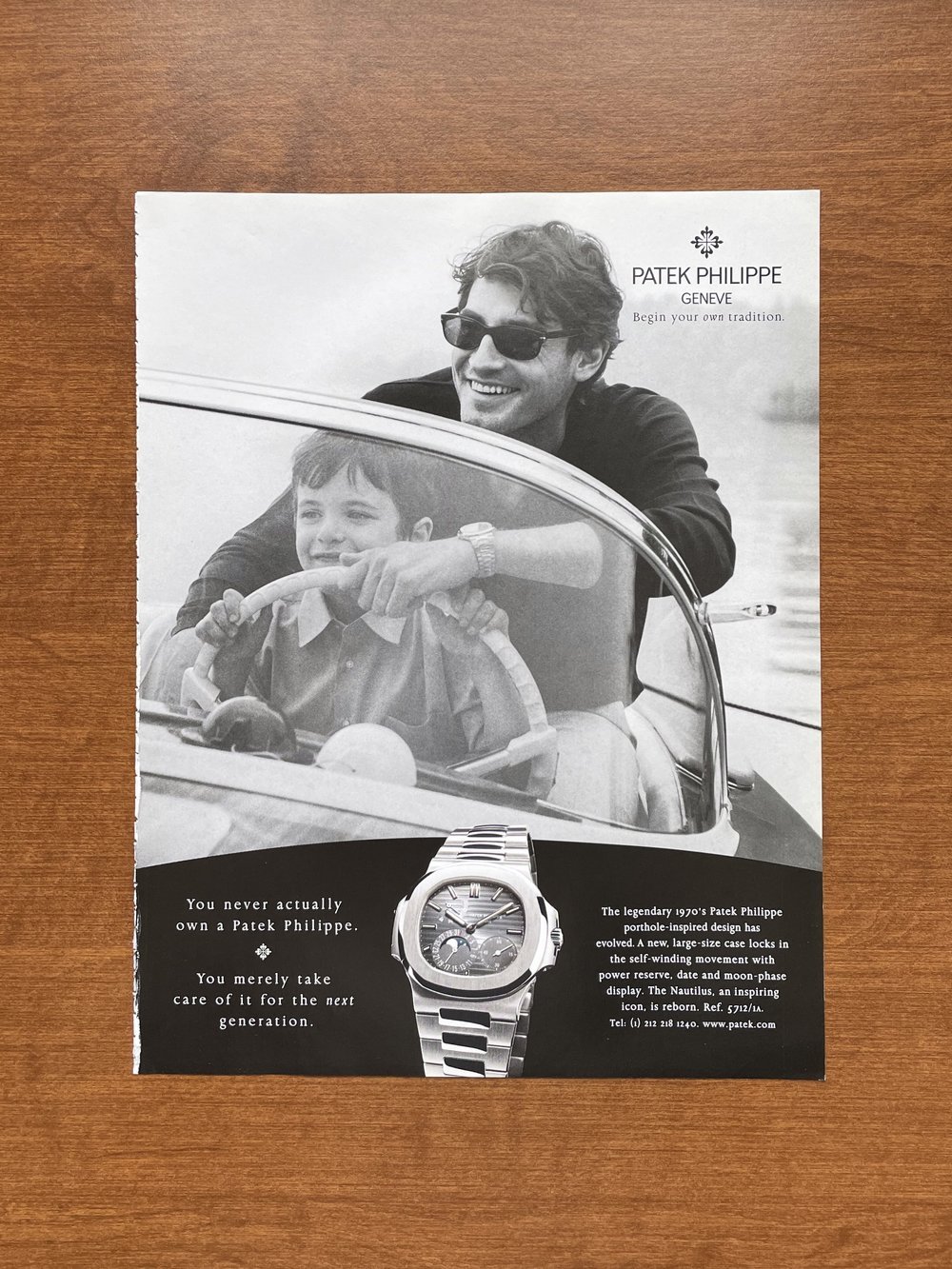A Guide to the Rolex Datejust
One of the most prolific timepiece designs - history and analysis
Few designs are as ingrained in the fabric of watchmaking as the Rolex Datejust. Nearly eight decades of unbroken production proves that this line of references is not only a keystone of the brand’s success, but a benchmark of classic design.
Every aspect of a Datejust is executed with perfection in mind. From movement, to bracelet - they draw the line between timelessness and affluence.
Rolex’s initiative to preserve the design of the classic Datejust speaks to the admiration that enthusiasts collectively share. From the new collector, to the seasoned enthusiast, the iconic Datejust is recognized as the true crown of Rolex.
Today, we take a look at the heritage of the Rolex Datejust, examine its cultural significance, and argue a case for its legacy.
A True Jubilee
Rolex is a brand with an objectively conservative business model. Although their manufacturing and marketing is much debated within this community, their entire catalog is predicated on the same classic oyster design language.
To mark brand anniversaries, perhaps a new metal, or ‘green’ dial is injected into an already popular reference. This unimaginative approach contrasts the company’s boldness during the 20th Century.
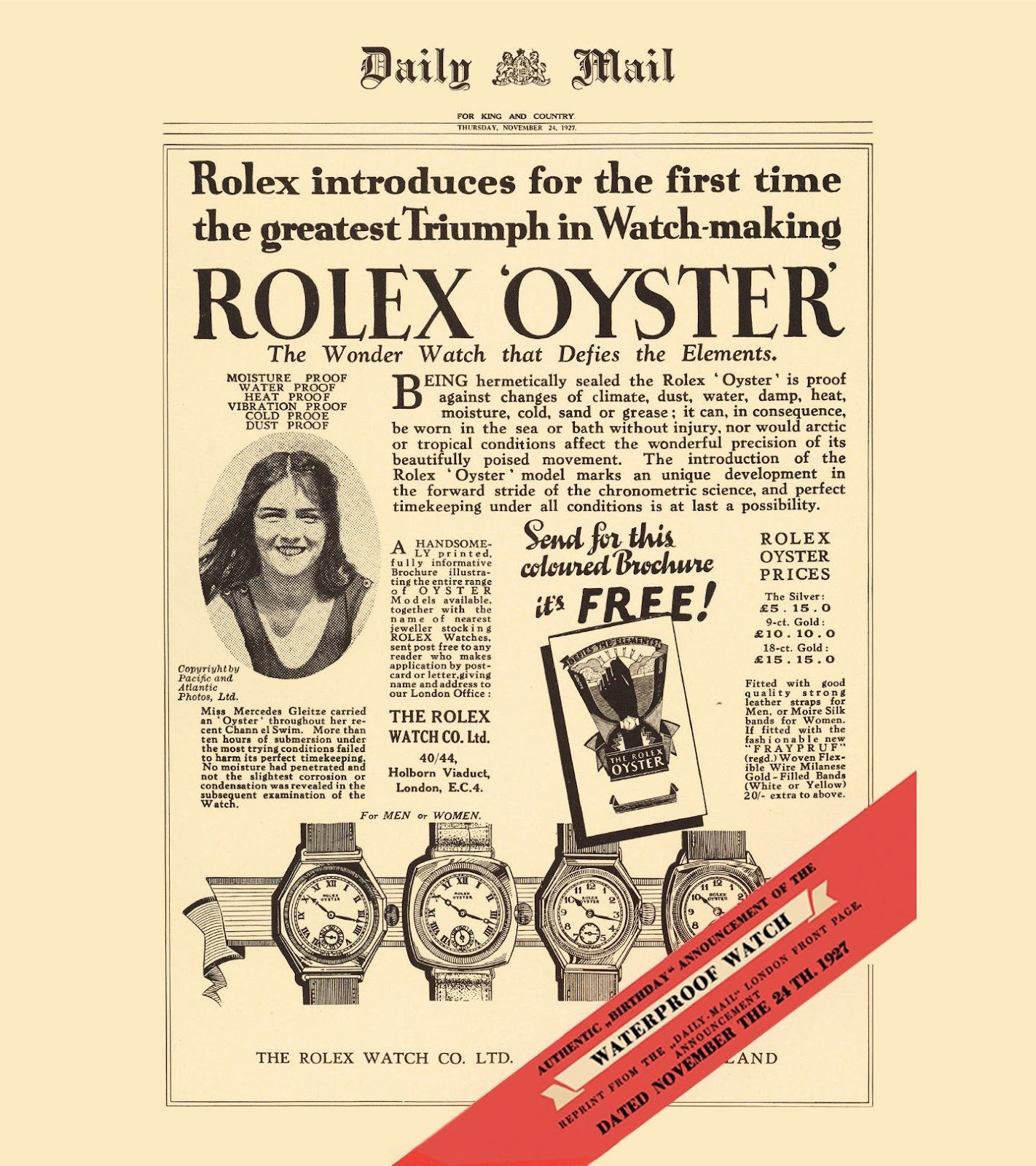
One of the first references of the oyster case design in 1927 - the true predecessor of all current Rolex references (including the Datejust) / Credit: Senatus
In 1945, to celebrate the brand’s 40th anniversary, a new watch was released to the public. The reference 4467 was a Hans Wilsdorf creation, and only available in 18 karat yellow gold. To mark this jubilee, a newly designed bracelet adorned a deeply domed caseback (synonymous with the Bubblebacks of the 1940s); in short, the first Rolex Datejust was born.
Its name was simple, and describes a complication taken for granted today. However, at the time, this was a revolutionary move. It wasn’t until 1957 when improvements in movement technology allowed for an instantaneous midnight date change.
Many of the Datejust’s hallmarks since inception are what allow for its mass popularity to this day. The iconic fluted bezel, intricate jubilee bracelet, and proud 3 o’clock date window not only define the Datejust, but leave competitors jealous.
One of the first prolific appreciators of the Datejust was none other than Winston Churchill. In 1948, Wilsdorf gifted Churchill a solid gold reference which was simultaneously the 100,000th certified chronometer produced by the brand. Many consider this moment as a case study of Rolex marketing, and their ability to weave themselves into history.
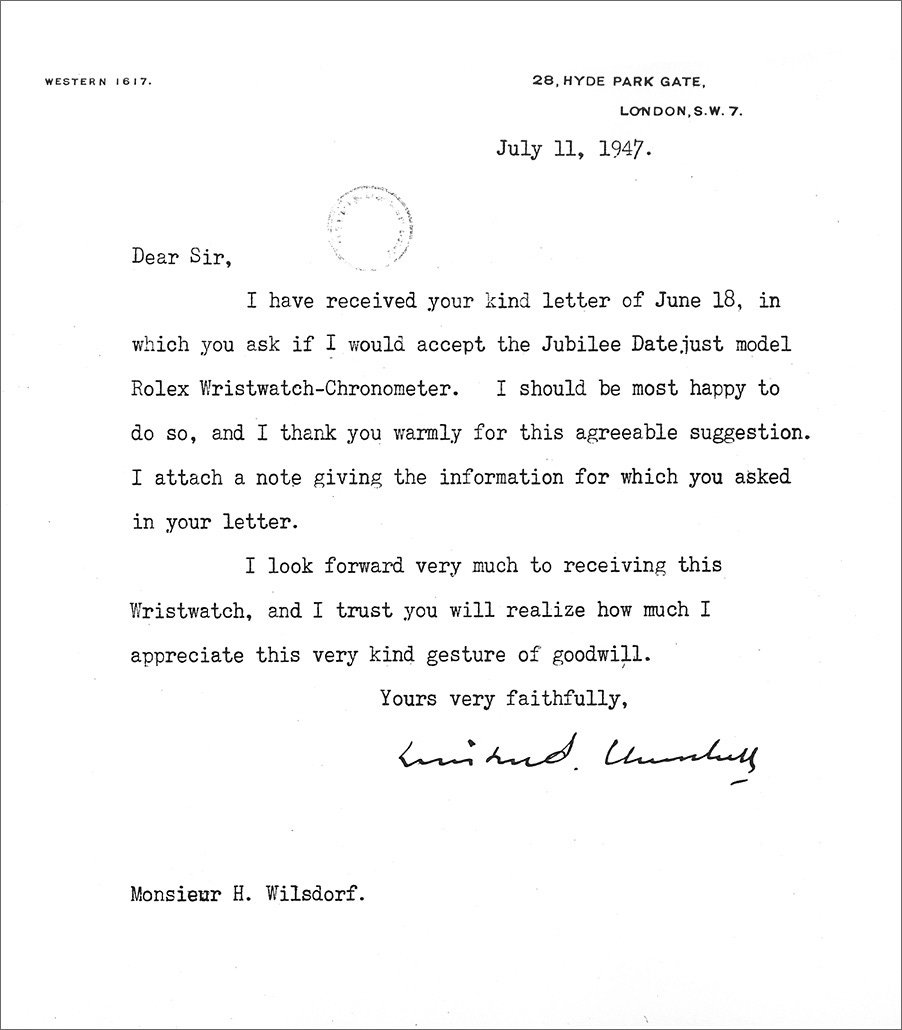
Credit: Rolex
A Vintage Catalog
A spirit of constant innovation is engrained in the Rolex brand, and even influences lines like the Datejust that sport relatively unchanged designs.
Some notable advances within the Datejust line include the following:
1953 - first use of a cyclops crystal
1954 - Turn-O-Graph Datejust introduced
1957 - inception of the Lady Datejust and an instantaneous date change
1977 - Rolex responds to the Quartz Crisis with the Datejust Oysterquartz
Throughout the latter half of the 20th Century, so many variations of the classic Datejust were created that entire books could be written on this topic. Today, let’s examine the most adored, prolific, and rare.
References
Among their slight variations, all references of the Datejust share some common characteristics. These include a three hand layout, screwdown caseback and crown, oyster case, date at the 3 o’clock position, and chronometer certification. While general, a strict conformance to these expectations are part of what leads the line to generational success.
To start us off, consider the lesser-known early references of the classic Datejust. Outside of the 4467, these include the 66- series such as the 6605 (fluted bezel) and 6604 (smooth). This is one of the first references where a variation in metals is observed, including two tone, all steel, or solid gold construction.
Following this 4-digit reference theme, we arrive at the legendary 16- series. This includes the 1601 (fluted), 1600 (smooth), 1603 (engine turned) and 1625 (Thunderbird).

A classic 1601 with a rare blue mosaic pie pan dial
Within this line of references exists perhaps the most variation when it comes to Datejust collecting. Truthfully, this line is too vast to list every known combination of case material, dial color, bezel configuration, etc.
With a rumored 20+ year span in production, some notable rarities include the Rolex Thunderbird - an evolution of the Turn-O-Graph produced with the US Aerobatic Squadron in mind.
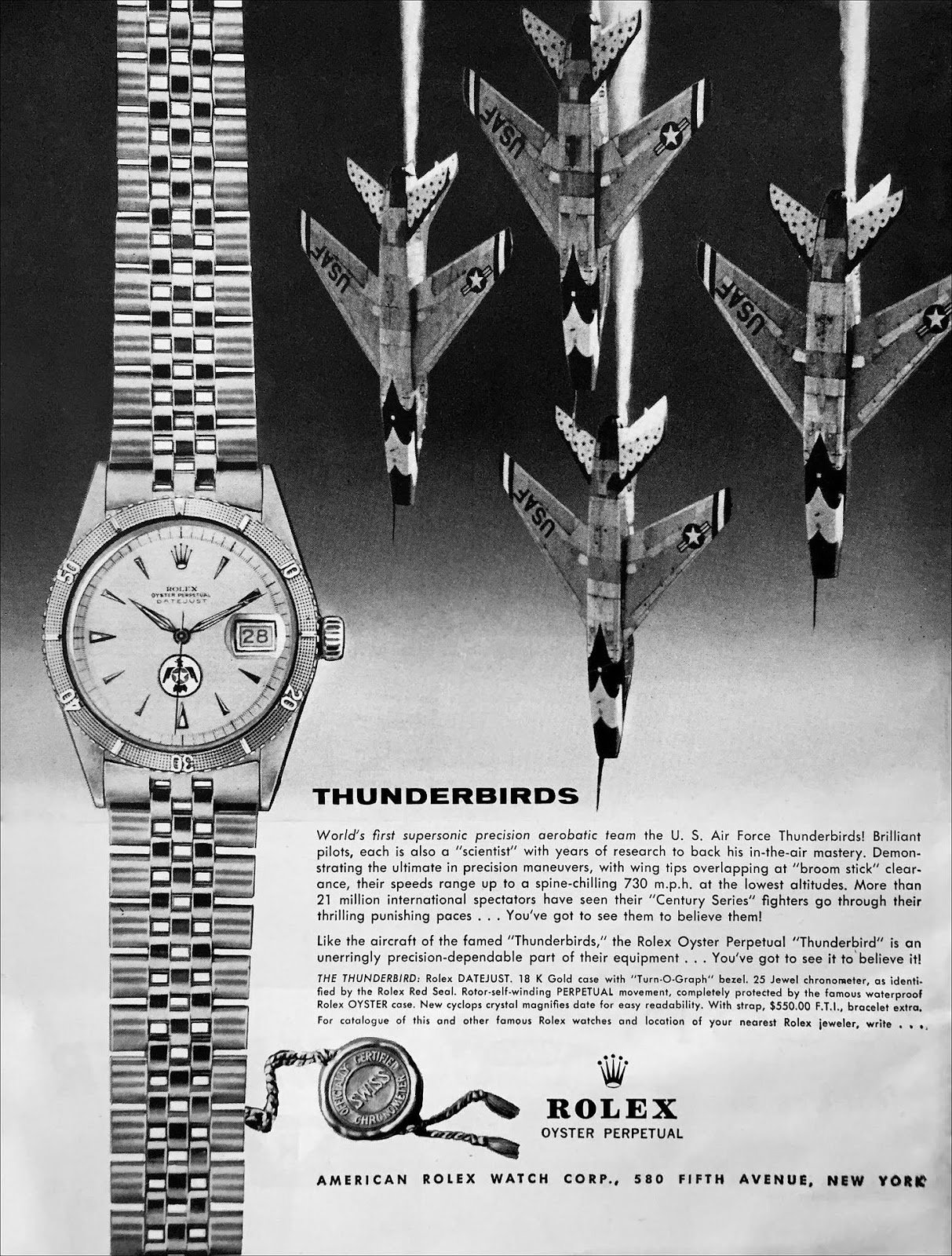
Note the price, metal configuration, and ‘custom’ dial / Credit: Rolex Passion Report
This 4-digit series saw the introduction of the Buckley dial. Coined after the namesake of prominent dealer James Buckley, the classic applied hour markers of a traditional Datejust were swapped for printed Roman numerals more akin to a Cartier creation. Although not very popular at the time of its release, this dial configuration arose to fame amongst collecting circles, and often commands a premium.
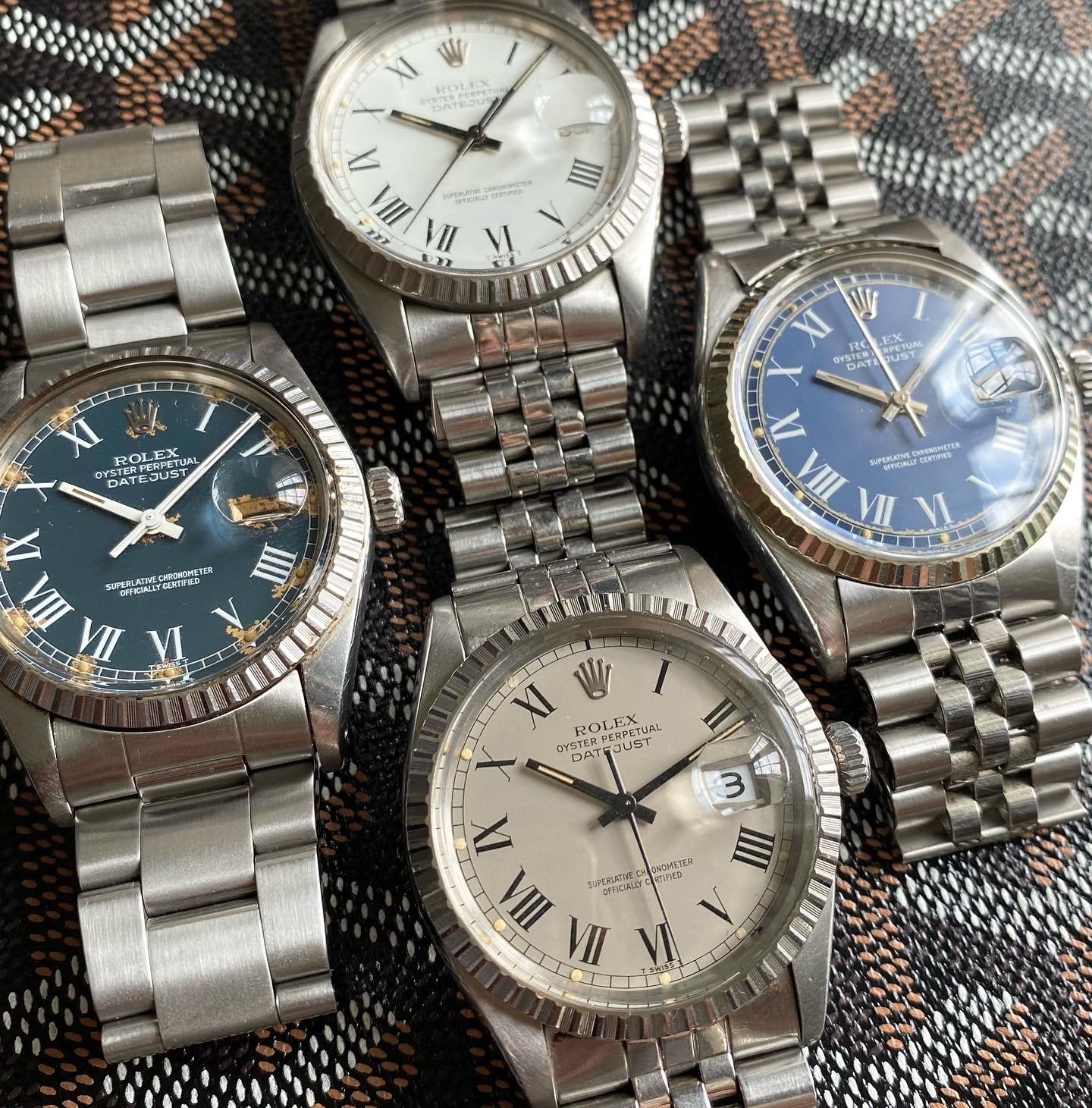
Notice the variations in dial, bezel, bracelet, and reference designation.
The natural evolution of this series was through the 5-digit references which extend into ‘neo-vintage’ territory. Some advancements in design include flat dials that contrast the ‘pie pan’ examples of older references. Technologically, the quickset date function reduced the arduous chore of setting the date in 1977 with the caliber 3035. Similarly, their variation is seemingly endless, with a numbering system that closely follows their predecessors. For example, just as the 16014 followed the 1601, the 16030 advanced the 1603.
Seemingly every step along our journey through the reference families also includes an advancement in movement, such as the introduction of the 3135 caliber in 1988. Entering the late 80s early 90s territory, very subtle design cues differentiate pieces of this era from others. For example, consider the Rolex text on this reference 16234 dial, applied Datejust text, and factory set diamond configuration. This family of references (including the 16233, 16220, and 16200) compared directly to a 4-digit piece demonstrates a rather loud design that’s characteristic of their era.

Reference 16234G (factory salmon “Jubilee” Rolex Anniversary dial from late 90s)
From Market to Watch Box
This analysis of common Datejust references represents both different eras and price points. Each decade seemingly represents a different face of the Datejust as the model continues to evolve with time. Through the 1950s, remnants of the early oyster design are still present where dauphine hands and roulette date wheels are commonplace. Throughout the 1960s and 1970s, the modern Datejust started to take form, although these still retain a strong vintage charm. As the line adopted advancements such as a sapphire crystal, quickset date, and ornamental dial designs, one can see how the image of Rolex became cemented as a cultural icon.
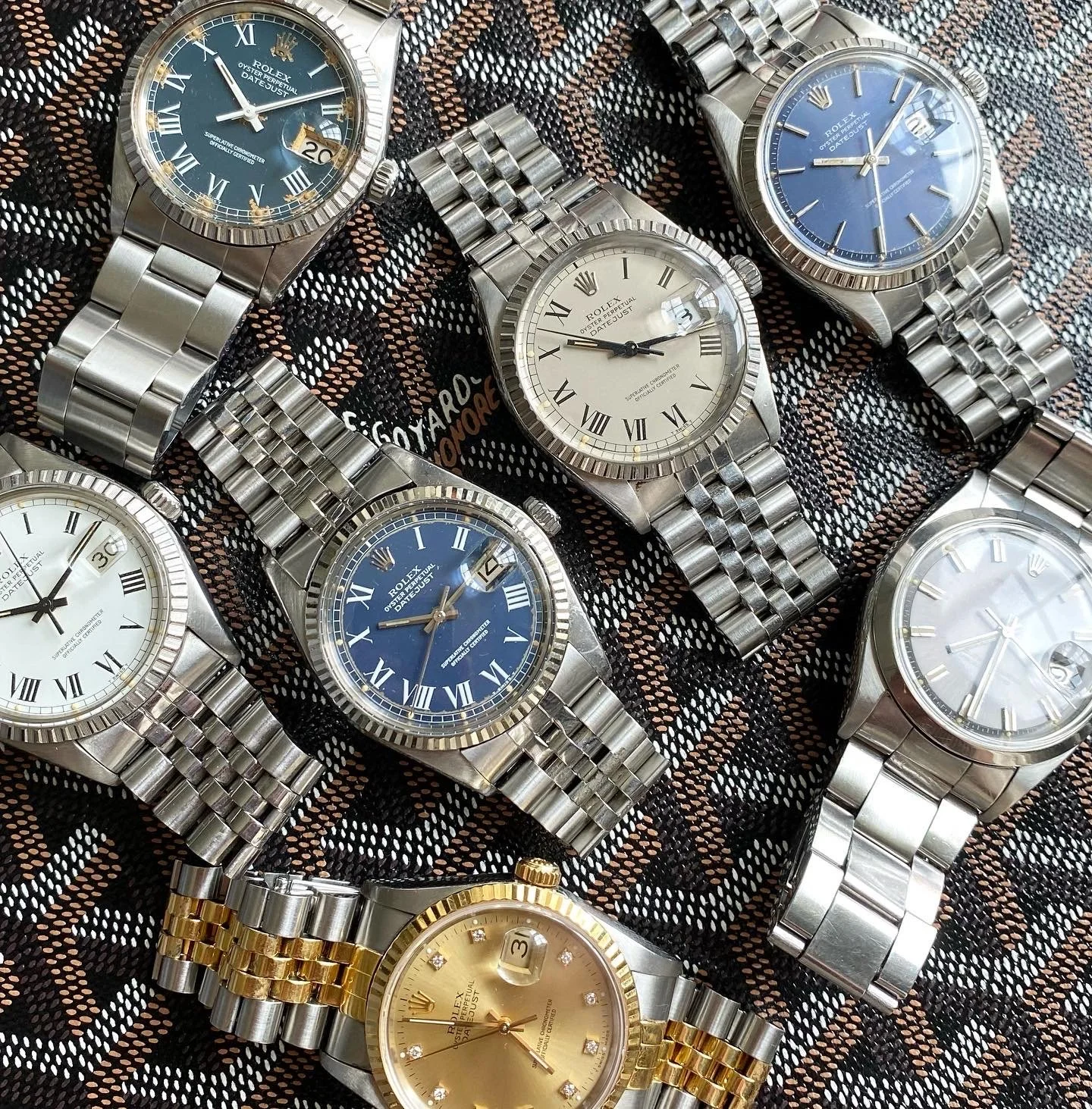
An assortment of era, metal, and reference
Some rather informal rules exist when it comes to buying a Datejust. These are not limited to:
The earlier, the pricier - low serial number production runs are coveted by collectors
Dial colors and variation drive price - while not quite the buyer’s premium as a submariner, rare dials in a Datejust are a collector’s dream
Case and polishing - the most influential driving force behind condition - unpolished fully-linked examples drive the price significantly higher
Serviced status - Rolex movements are not cheap to maintain, so a clean movement is always coveted
The classics are better - typically the most obtainable Datejusts are non-quickset, silver dial 4-digits without a bracelet

A piece where a sharp case, crisp bezel, and inclusion of an oyster bracelet are priorities
The Datejust line is unique in that a prospective collector is able to pick and choose what they want to spend extra on, and what to compromise on. For example, perhaps you value case condition over dial color, or metal composition over heavy polishing.
The volatility of this specific market need not go unsaid. Because of this factor alone, an exact market update is not only quickly inaccurate, but also vast considering the variation in this line. The overall trend, however, is upwards.
The history, and evolution of the Datejust partially explains its high regard in the watch community. While considerably more vintage examples exist than modern, a strong heritage appeals solely to the collector’s pathos. It is one of the few models that achieve the seemingly impossible feat of bridging sport, and dress, and it does so with ease.
A pillar of not only the Rolex brand, but the watch community as a whole. With a history so rich, an in-depth analysis of the Datejust is always truly just the tip of the iceberg.



